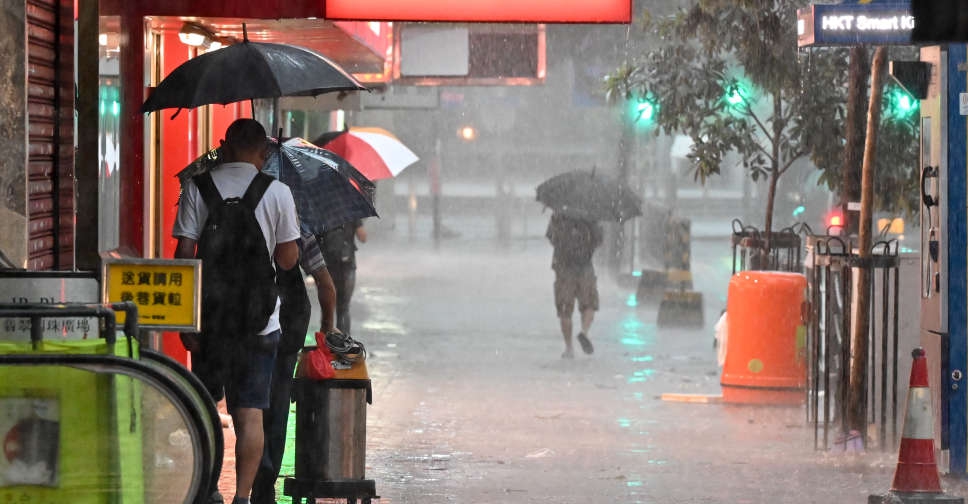Lingering rains from storm batter China for seventh day

AFP
Residual rains from former storm Haikui, now a tropical storm, drenched southern China for the seventh day as slow-moving storm clouds drifted from Guangdong on the coast to Guangxi, flooding low-lying areas, blocking roads and trapping residents.
In the agricultural county of Bobai in Guangxi area, rescuers on assault boats have scrambled to drag folks to security since Sunday night time as water greater than 2 metres deep stranded residents in low-rise houses, state media reported on Monday.
In hillier areas, landslides destroyed roads and bridges collapsed. At one climate station in Bobai, native information had been shattered when rainfall reached 511.2 mm, greater than 1 / 4 of the area’s annual precipitation.
Haikui has weakened from a storm to a tropical storm since making landfall in Fujian province on Sept. 5, however its residual vortex has continued to wreak havoc in southern China, with the populous metropolis of Shenzhen deluged by the heaviest rain since information started in 1952. Neighbouring Hong Kong was pelted by the worst storm in 140 years.
Scientists warn that typhoons hitting China have gotten extra intense and their paths rising extra advanced, escalating threat of catastrophe, even in coastal cities equivalent to Shenzhen that frequently courageous tropical cyclones and have already got sturdy flood defence capabilities.
“Typhoons that move far inland affect regions historically less exposed to heavy rainfall and strong wind, often with lower disaster resilience, leading to more severe losses,” mentioned Shao Sun, a climatologist on the University of California, Irvine.
“In this case of Shenzhen, the disaster was mainly due to the slow westward movement of Haikui’s residual circulation, which nearly stagnated in its spatial position from the afternoon of September 7 to the early hours of September 8, and a “prepare impact” of heavy rainfall occurred, inflicting the occasion to exceed its anticipated depth.
A so-called “train effect” refers back to the cumulative impact of a number of convective cloud techniques passing over an space in succession, leading to a major accumulation of rainfall accumulation and sharply elevating the potential for heavy and even excessive rainfall.
Heavy rain is anticipated to persist in Guangxi over the following few days.
In different elements of China, late summer time rains have examined the power of sprawling city centres.
The streets of Xian, a northwestern metropolis with a inhabitants of round 13 million, had been rapidly underneath water on Monday. Videos on social media confirmed automobiles and motorbikes being dragged away by fast-running floodwaters.
Breakneck urbanisation in China has encased huge stretches of land in impermeable concrete, typically alongside the banks of main rivers, that historically served as flood plains.
According to 2018 knowledge, 641 out of 654 large- and medium-sized cities in China had been susceptible to flooding and waterlogging, with 180 dealing with flood dangers every year.

Source web site: www.dubai92.com
